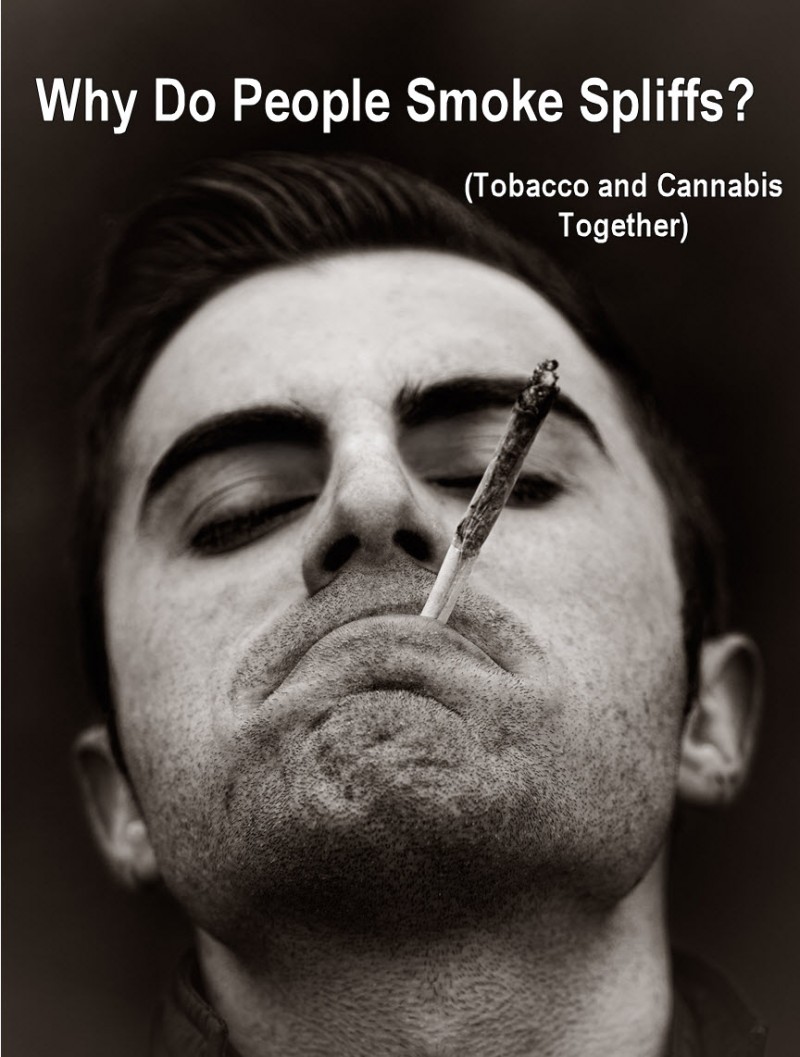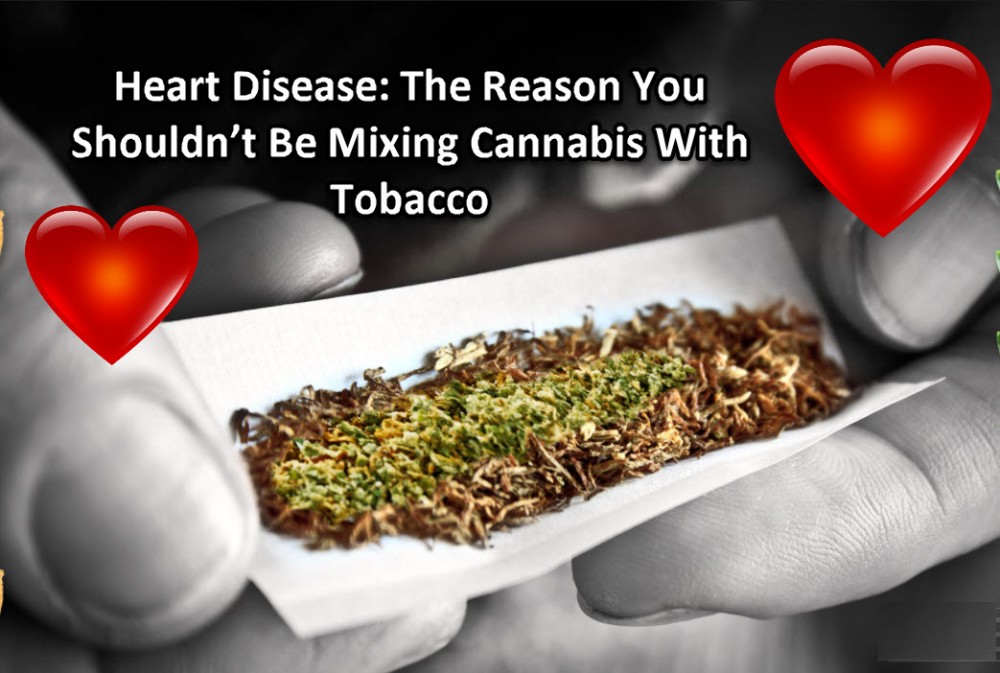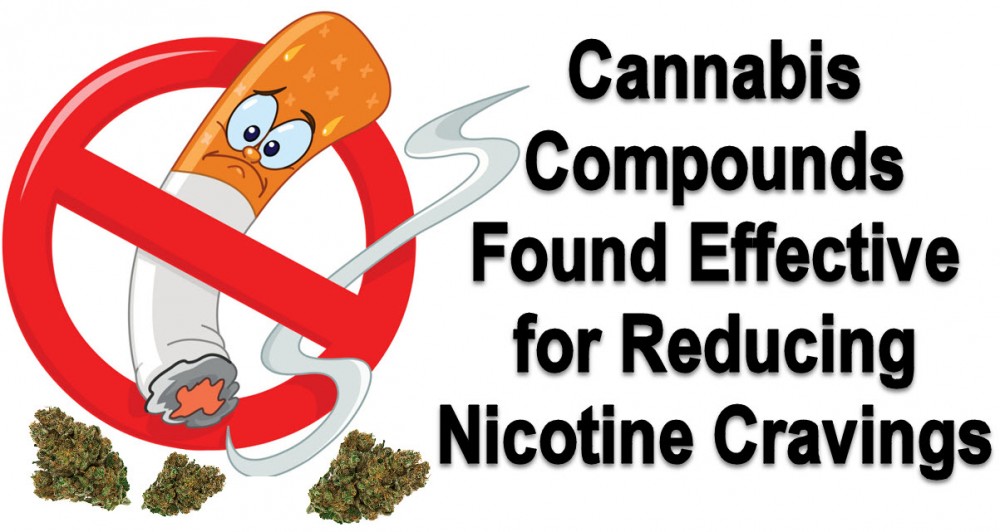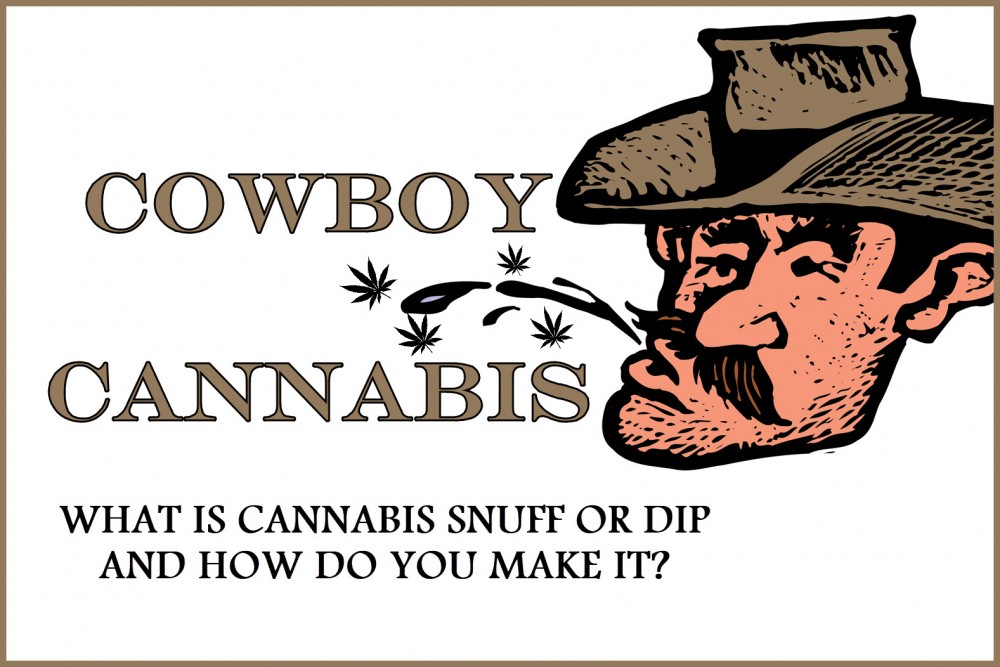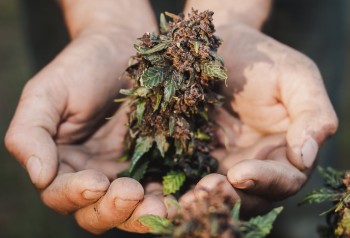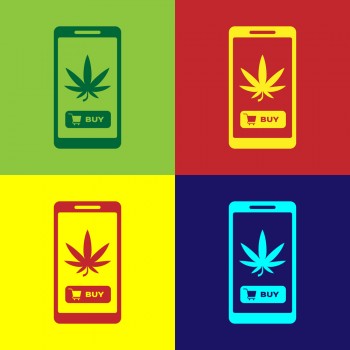Why Do People Smoke Spliffs? (Tobacco and Cannabis Mixed Together)
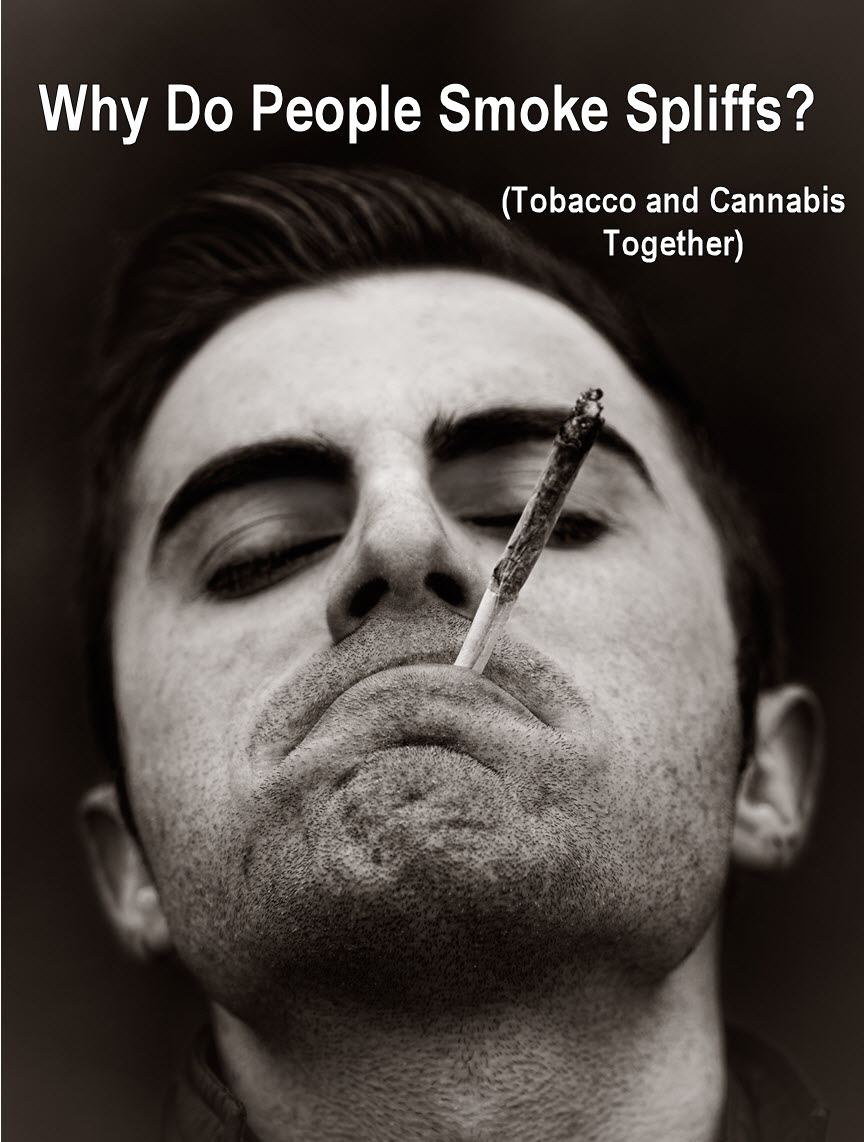
An estimated 70% of cannabis users also use tobacco 1, so there is little surprise about the fact that the spliff is a popular way to smoke. Tobacco causes many health risks that are well documented, and so there is good reason to be wary of using it. Under no condition should the use of tobacco be promoted, as it does cause severe health risks, such as lung cancer. However, no substance is all bad, and research has revealed that nicotine is a nootropic. A nootropic is a drug or supplement which enhances cognitive function in healthy individuals. Nicotine may be an effective agent in the fight against neural diseases such as Parkinson’s, and schizophrenia 2.
For those that choose to medicate with cannabis via spliff, there may be very good reason for it. In studies of nicotine users, cannabis users, and those who use both, studies have shown reduced hippocampus size in all groups except the nicotine only group 3. Other studies have shown no relation between cannabis and a reduced hippocampus 4, so science is not clear on the matter, but assuming that cannabis does indeed cause a reduced hippocampus size, that would suggest that it causes poorer memory function.
Remember that spliffs, joints, and blunts are not the same. Only a spliff has tobacco.
In the studies that did find that cannabis reduced hippocampus size, another fascinating piece of information was found. In the control, in nicotine users, and in cannabis users, a smaller hippocampus was associated with poorer memory and cognitive functioning, but in the groups which used both cannabis and tobacco, the inverse was true. The smaller the hippocampus for that group, the better their memory functioned 5. This information is in some ways baffling, but speaks to a symbiotic relationship between the two substances. Obviously they interact in to bring out certain aspects of each other, but this relationship isn’t linear. The relationship between tobacco and cannabis is incredibly complex, only more so when studying its effects on the complicated mechanisms in the human brain.
For those who smoke spliffs, blunts, or just use tobacco and cannabis, this is a promising development. The reason for doing so might be more than preference; it might be to improve cognitive functioning. Although those who use both tobacco and cannabis have been found to have reduced hippocampus size, it does not affect their ability to function cognitively. This might be a hidden hack for both substances that 70% of cannabis smokers have already been hip to.
The morphine, nicotine, and cannabinoid receptors are all connected 6. These drugs have a direct relationship to the hippocampus, as there is a density of receptors there, and so it makes sense that they affect one another. Perhaps it is cannabis which opens up the nicotine receptors for the nootropic effects to take a larger effect, or perhaps nicotine acts as an agent to allow cannabinoids to enter the system more freely.
Although modern medicine progresses wildly every day, the architecture of the brain still remains a mystery in many ways. No one has been able to clearly trace the relationship that nicotine and cannabis have between each other, or on the individual, but the studies have clearly shown that there is an effect from taking both substances together. This effect is symbiotic, but cannot be described as advantageous, as smoking any substance poses health risks.
For those that use both tobacco and nicotine together though, it’s not all bad. Studies have shown that it could be saving their memory from the common trope of the couch potato stoner, and all people are entitled to their bad habits. If mixing the substances makes someone feel more capable, less stressed, and happier, there is little reason to push against the prevalence of this habit.
However, there is a further downside to nicotine which is not widely covered. Although pundits are quick to decry cannabis as leading to psychosis, nicotine has been shown to be correlated to psychosis, and is commonly abused among schizophrenic patients. In a study, doctors found 57% of patients who had experiencing their first episode of psychosis were daily cigarette smokers. In addition to this, those with a first episode were three times more likely to be cigarette smokers than the control group, and daily smokers were found to have onsets of their first psychosis a year earlier than the control 7. Nicotine has not been a federally illegal substance, but has many of the same issues that critics accuse cannabis of having. Unless these people want to also attack the tobacco industry, there is little reason they should be barking up cannabis’s tree.
The relationship between psychosis and nicotine use is still unclear. Researchers do not know if it simply certain genetic coding which predicts both nicotine use and psychosis, or if there is a causal relationship between smoking cigarettes and psychosis. Those who think that smoking is to cause believe that cannabis may be completely unrelated to the development of psychosis, as many patients smoke spliffs, mixing tobacco and cannabis. There is reason to believe that tobacco is the real culprit behind causing psychosis 8.
The best explanation that researchers have for mental illness is that excess dopamine in an individual’s brain leads to psychotic disorders 9. Perhaps this could be the link between the explanation between nicotine and cannabis use and psychosis. Both substances work to release dopamine in the brain, and maybe those who are sensitive to dopamine production develop psychosis because of a flood of dopamine into the brain. Using tobacco cannot be recommended though, due to the severe health risks, and using tobacco or cannabis as a minor is especially to be warned against and avoided.
Research has shown that youth use of both substances correlates with worse physical and mental functioning 10. This is not to decry either substance as harmful, but to say that children don’t need to be exposed to chemicals before they are finished developing into adults. Let them make the decision on their own, and if they don’t, recognize that that is an abusive use of the substance. Cigarettes aren’t sold for children, nor is cannabis. The use of both by minors is a tragedy.
Interestingly, even though cannabis and nicotine are commonly used together, and have synergistic effects, trials have revealed that CBD may be an effective medication in assisting patients quit using nicotine 11. This echoes the research that CBD may also be effective in limiting the anxiety and other symptoms of withdraw in heroin addicts 12. No conclusions can be drawn yet, as research still needs time to develop, but the ultimately thing to understand that there is research which shows using nicotine and cannabis in tandem does produce a radically different effect on the brain chemistry than using either substance alone. Rejoice spliff and blunt smokers, it could be more than a preference or an addiction to nicotine.
1 https://www.theevergreenmarket.com/thc-and-nicotine/
2 http://discovermagazine.com/2014/march/13-nicotine-fix
3 https://www.ncbi.nlm.nih.gov/pmc/articles/PMC4567389/
4 https://www.nature.com/articles/npp201292
5 https://www.sciencedaily.com/releases/2018/08/180828133934.htm
6 https://www.sciencedirect.com/science/article/pii/S0014299906012684
7, 8, 9 https://www.abc.net.au/science/articles/2015/07/10/4271313.htm
10 https://www.ncbi.nlm.nih.gov/pubmed/30985164
11 https://www.ucl.ac.uk/news/2018/may/cannabis-component-could-treat-nicotine-addiction
12 https://www.healthline.com/health-news/can-cbd-reduce-heroin-cravings
TOBACCO AND CANNABIS, READ MORE...
HEART DISEASE AND CANNABIS AND TOBACCO, CLICK HERE.
OR..
CANNABIS CAN RECUDE TABACCO NICOTINE CRAVINGS
